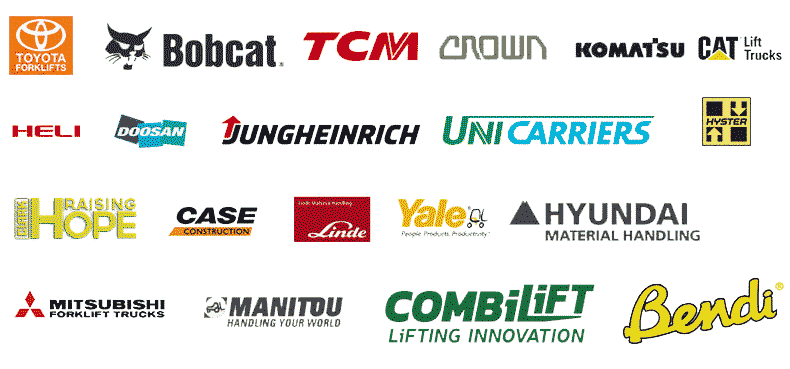24-hour hotline:+8613662168047
Keyword search: battery plant , lithium battery factory , power bank works , lifepo4 battery mill , Pallet Trucks LiFePO4 Battery, LiFePO4 Pallet Trucks Battery, Lithium Pallet Trucks Battery,
Power batteries are the core of electric vehicles and must be able to withstand high temperatures, water resistance, and freezing. When an electric car cannot be driven, the first thing that comes to mind is that the "core" (battery) has a problem. Can the power battery withstand a high temperature of 40 degrees Celsius in the hot summer atmosphere?
How to cool the power battery of an electric vehicle? The power battery has a high operating current and generates a large amount of heat. At the same time, the battery pack is in a relatively enclosed environment, which can cause the temperature of the battery to rise. This is because the electrolyte in lithium batteries plays a role in charge conduction inside the battery. A battery without an electrolyte cannot be charged or discharged.
Liquid thermal conductive silicone sheet for water-cooled pipes
Most lithium batteries are composed of flammable and volatile non-aqueous solutions, which have higher specific energy and voltage output compared to batteries composed of aqueous electrolytes, meeting the higher energy needs of users. Because non-aqueous electrolyte itself is flammable and volatile, it infiltrates the interior of the battery and also forms the source of combustion in the battery.
Therefore, the working temperature of both battery materials mentioned above should not exceed 60 ℃, but now the outdoor temperature is close to 40 ℃, and the battery itself produces a large amount of heat, which will cause the working environment temperature of the battery to rise. If thermal runaway occurs, the situation will be very dangerous. To avoid becoming a barbecue, it is particularly important to dissipate heat from the battery.
Thermal conductive materials for power batteries
There are two types of heat dissipation for power batteries: active and passive, and there is a significant difference in efficiency between the two. The cost required for passive systems is relatively low, and the measures taken are also relatively simple. The active system structure is relatively complex and requires greater additional power, but its thermal management is more effective. Different heat transfer media have different heat dissipation effects, and air cooling and liquid cooling have their own advantages and disadvantages.
The main advantages of using gas (air) as a heat transfer medium are: simple structure, light weight, effective ventilation when harmful gases are generated, and low cost; The shortcomings are: low heat transfer coefficient between the battery wall, slow cooling speed, and low efficiency. Currently, there are many applications. The main advantages of using liquids as heat transfer media are:
Thermal conductive silicone sheets for power batteries
High heat transfer coefficient and fast cooling speed between the battery wall surface; The shortcomings are: high sealing requirements, relatively large quality, complex maintenance and repair, requiring components such as water jackets and heat exchangers, and relatively complex structures. In practical electric bus applications, due to the large capacity and volume of the battery pack, the power density is relatively low, so air cooling schemes are often used. For the battery pack of ordinary passenger cars, its power density is much higher. Correspondingly, it also has higher requirements for heat dissipation, so water-cooling solutions are more common.
Different battery pack structure sensors will be determined based on temperature measurement points and requirements. The temperature sensor will be placed in representative locations with significant temperature changes, such as the inlet and outlet of air and the middle area of the battery pack. Especially in areas with high and low temperatures, as well as areas with significant heat accumulation in the center of the battery pack. This helps to control the temperature of the battery in a relatively safe environment, avoiding the danger of overheating and undercooling to the battery.

Lithium Batteries ,Ensure Quality
Our lithium battery production line has a complete and scientific quality management system
Ensure the product quality of lithium batteries

Years of experience in producing lithium batteries
Focus on the production of lithium batteries

WE PROMISE TO MAKE EVERY LITHIUM BATTERY WELL
We have a comprehensive explanation of lithium batteries


QUALIFICATION CERTIFICATE
THE QUALITY OF COMPLIANCE PROVIDES GUARANTEE FOR CUSTOMERS
MULTIPLE QUALIFICATION CERTIFICATES TO ENSURE STABLE PRODUCT QUALITY
Providing customers with professional and assured products is the guarantee of our continuous progress.




Applicable brands of our products


 Service hotline
Service hotline